Voice AI Perceives Emotions in Every World

Human interaction is based on a language, on a context, on a world knowledge that we share. As a Voice AI company, we know that emotion is the key factor. Emotional expression gets us moving, creates movement and a collective response. It is a key factor in society. It is the basis for all the decisions we make. In creating a virtual reality, new dimensions and augmented experiences, this key factor cannot be missing.
Closing the Valence Gap in Emotion Recognition
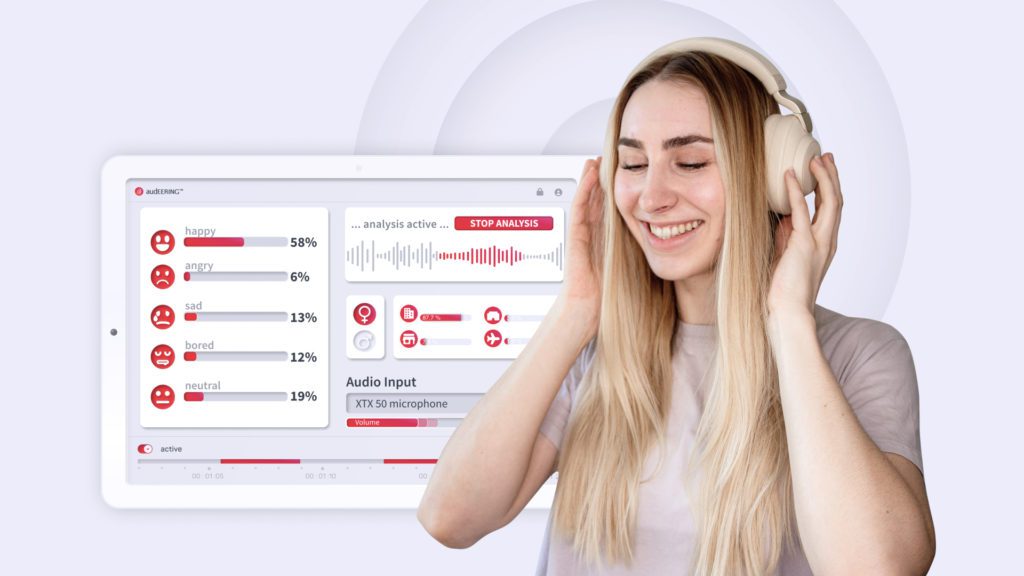
2021 has been an exciting year for our researches working on the recognition of emotions from speech. Benefiting from the recent advances in transformer-based architectures, we have for the first time built models that predict valence with a similar high precision as arousal.
New Updates on audEERING’s Core Technology: devAIce SDK/Web API 3.4.0

We are proudly announcing a new class of next-gen emotion models coming to devAIce with our latest 3.4.0 release of devAIce TM SDK/Web API.
Human in the Loop – How Do We Create AI?
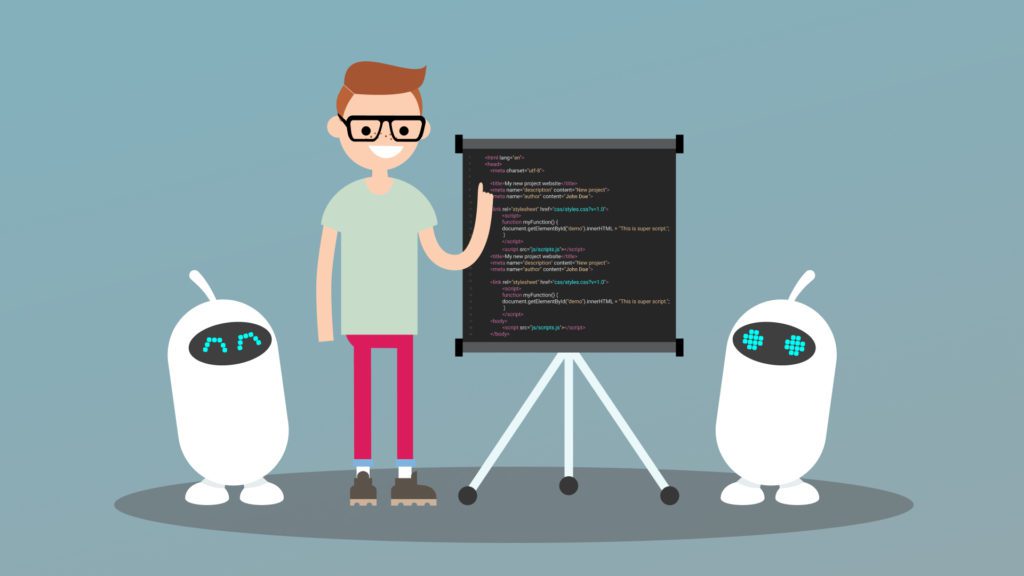
Developing AI technology as we do at audEERING, we need to understand our human perception. Everyday perception is enabling us to realize the emotional state of our communication partner in different situations. In the process of Human Machine Learning we need to give the algorithm essential input. How do we at audEERING create AI?
ERIK – Emotion Recognition for Autism Therapy

The recognition and perception of emotional output is an essential part of human communication. To develop the socio-emotional communication skills of autistic children, therapy has to focus on that. In the ERIK project a new form of therapy is being developed.
GaCha 2019: The Top 3 Emotion AI Game Concepts

Young developers from all over the world used audEERING’s emotion detection to create their own game. Have a look and enjoy the new way of gaming.
audEERING at Devcom Tech and Tools Summit: Full Talk 2021
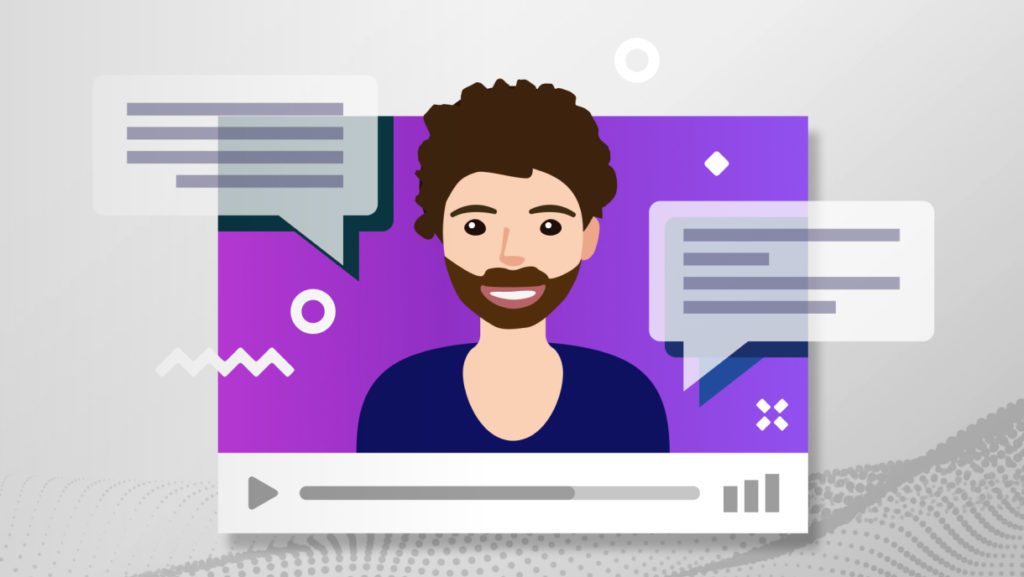
This year, I took a more practical approach and presented our vision for the future to you: solid case studies behind each one of them.
Case study with The Simulation Crew: Emotion AI for Patient Comfort
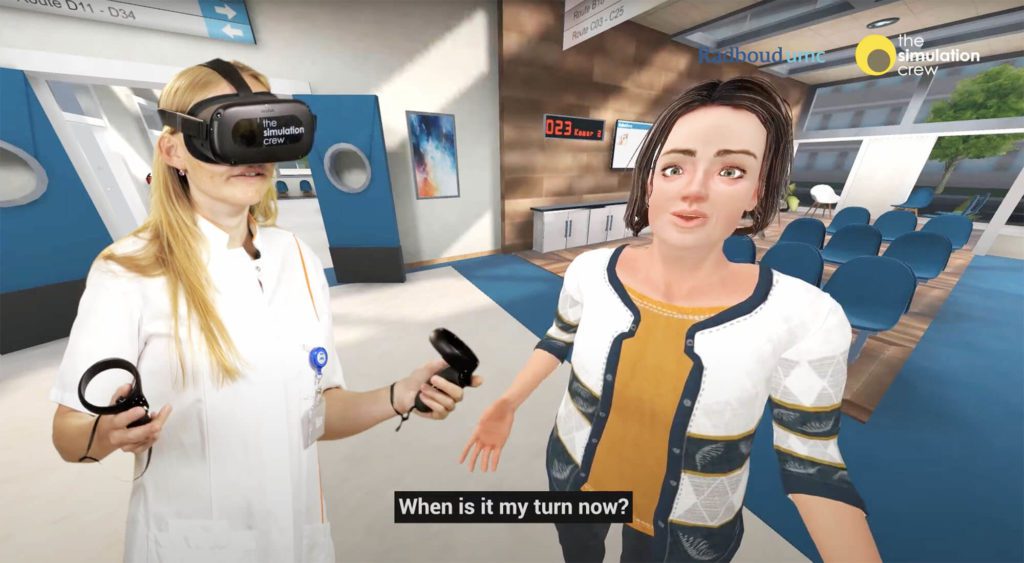
The human interaction between a doctor and his or her patient, is one of the most important processes when it comes to the diagnosis and treatment of any disease.
Data Security: 6 most FAQs for Simone Hantke
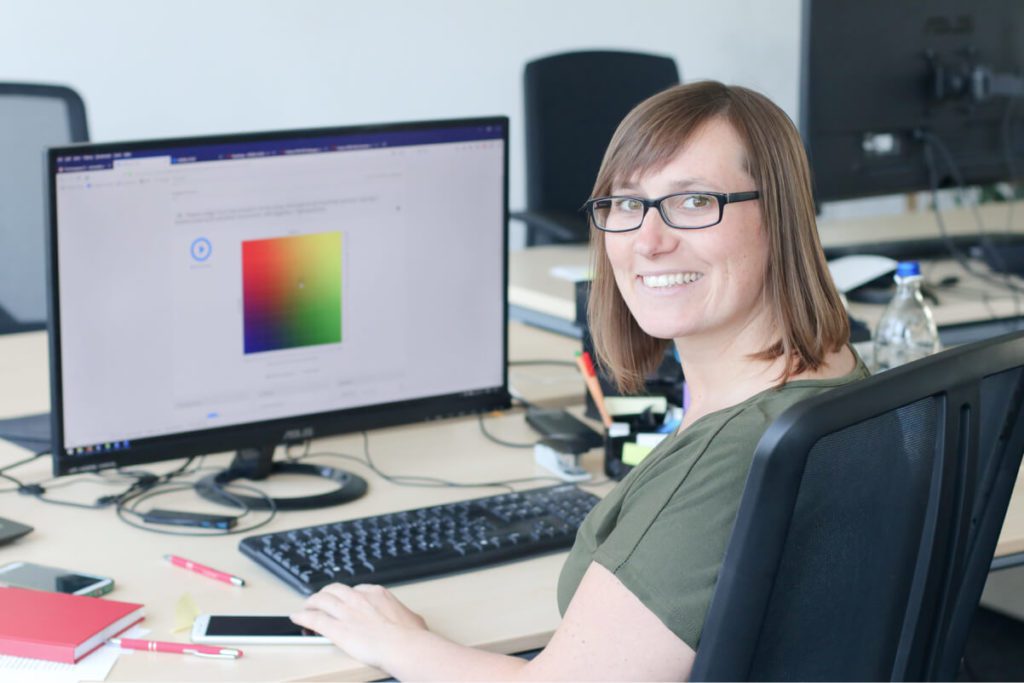
Data Security is key when it comes to using artificial intelligence in any kind of product. For this blog post, we interviewed our expert Simone Hantke
Big Data AI Summit: Talk on Voice Biomarkers
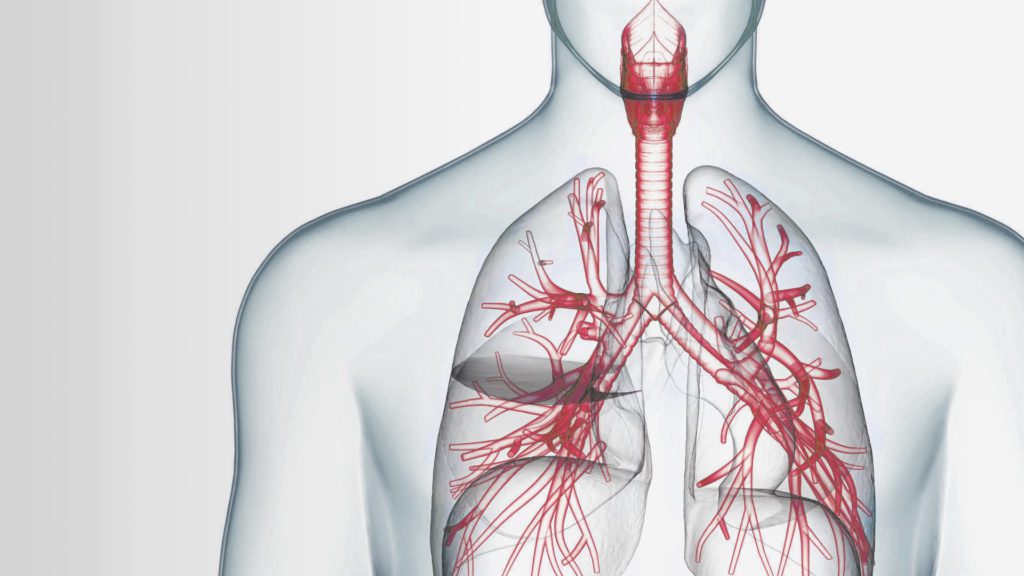
“Audio AI in medicine – is voice the new blood?” We are developing voice biomarkers at audEERING and that is the reason why our CEO Dagmar Schuller recently held a talk at this year´s Big Data AI Summit.
How Speaker Identification Affects Emotion Detection
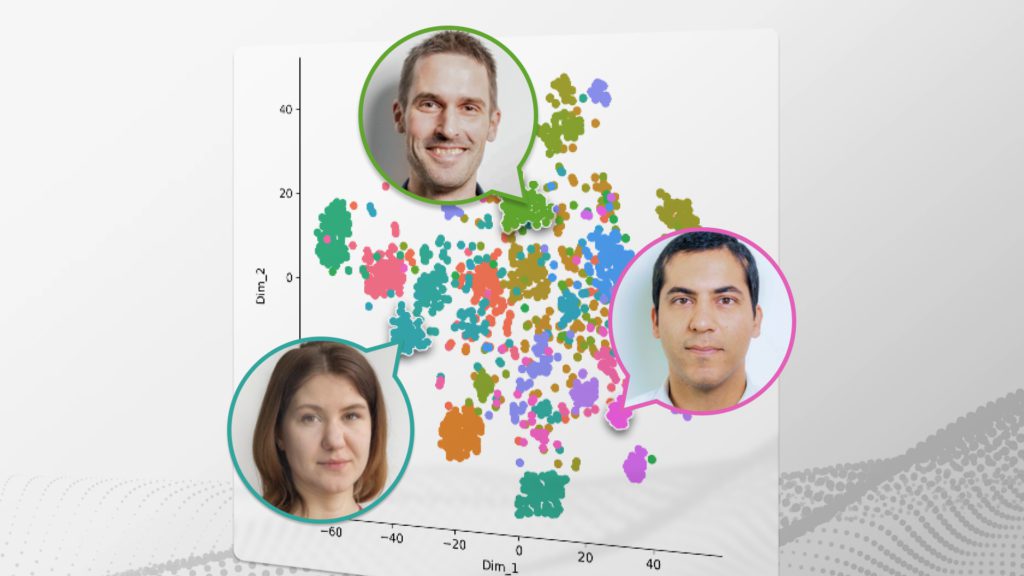
Speaker Identification is an important part of voice-based technologies like voice and speech recognition. It can provide unique information like gender and age. So how can it affect a technology like emotion detection from speech?
